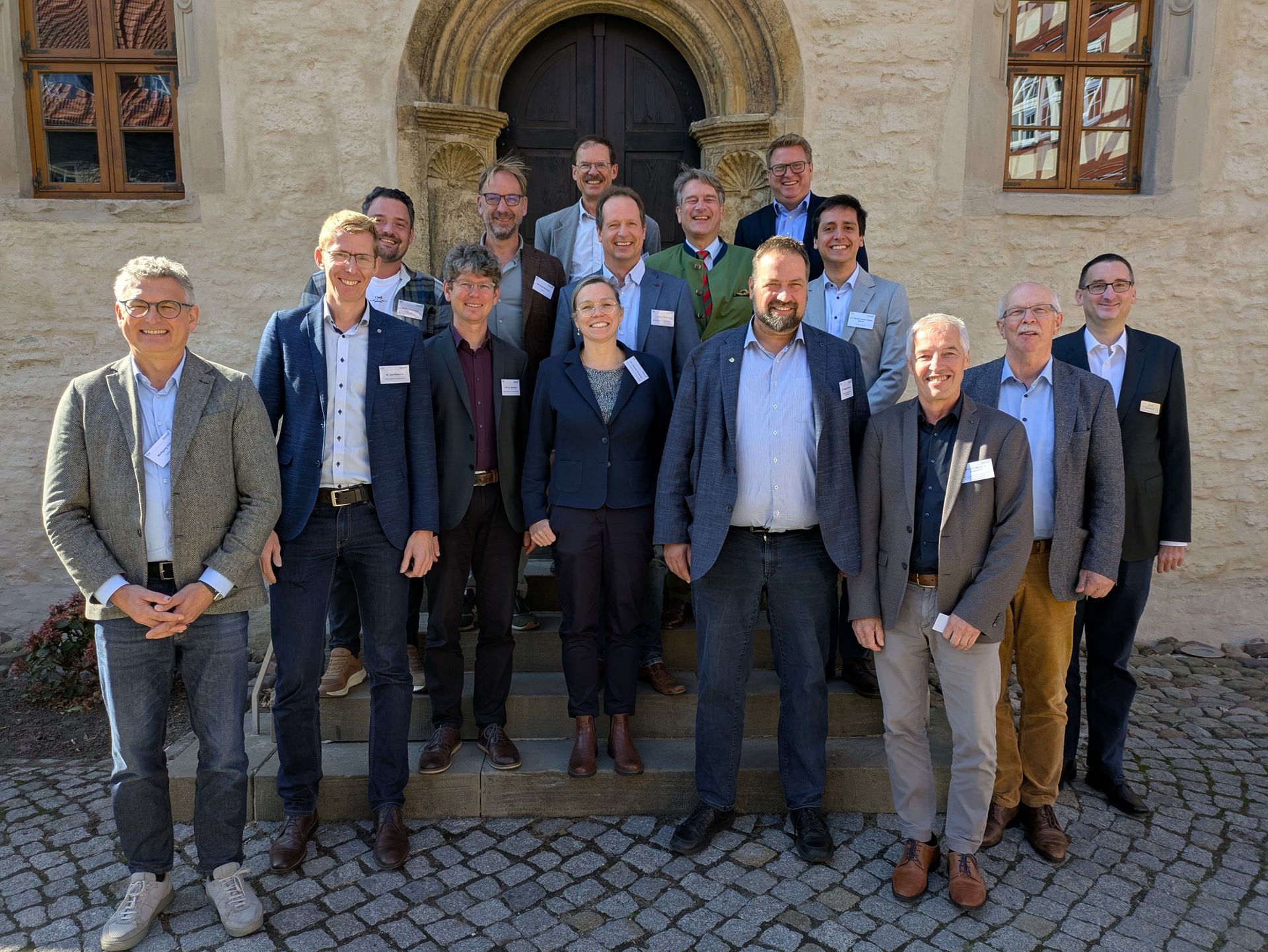As the urgency to reduce agricultural emissions grows, a key question stands out across Europe: can carbon farming become a viable business model for farmers?
This was the focus of a recent event in Lower Saxony, “From the Field to the Carbon Market: Chances, Pitfalls and Perspectives,” jointly organised by Smart Carbon Farming partner 3N and the Network for Arable Farming in Lower Saxony (NAN). The event brought together farmers, researchers, and industry representatives to explore the evolving carbon farming landscape in Germany.
Organised by Dr. Ernst Kürsten as part of the national project KlimaFarming, the event featured a range of perspectives from carbon credit suppliers to EU project leaders. Bernhard Aumann of tgo AG presented the role of European collaboration and highlighted the contribution of initiatives such as Smart Carbon Farming in advancing reliable monitoring and scaling sustainable practices.
Speakers emphasised that protecting and restoring soil humus is central to long-term carbon storage, yet increasingly challenging in a warming climate. Alongside soil carbon, agroforestry, hedgerows, biochar, and land-use changes such as grassland restoration emerged as promising solutions: measurable, stable, and beneficial to biodiversity.
The discussion also turned to the question of finance. With many different schemes and suppliers active in the carbon market, clarity and trust remain essential. The forthcoming EU Carbon Removal Certification Framework (CRCF) was recognised as a potential game-changer for building credibility and coherence across Europe’s voluntary carbon markets.
Far from a technical meeting, the event was a reminder of how diverse, dynamic, and full of potential the carbon farming movement has become, driven by the shared belief that agriculture can be both profitable and regenerative.

